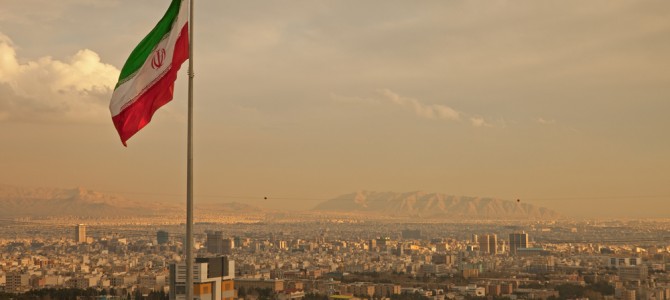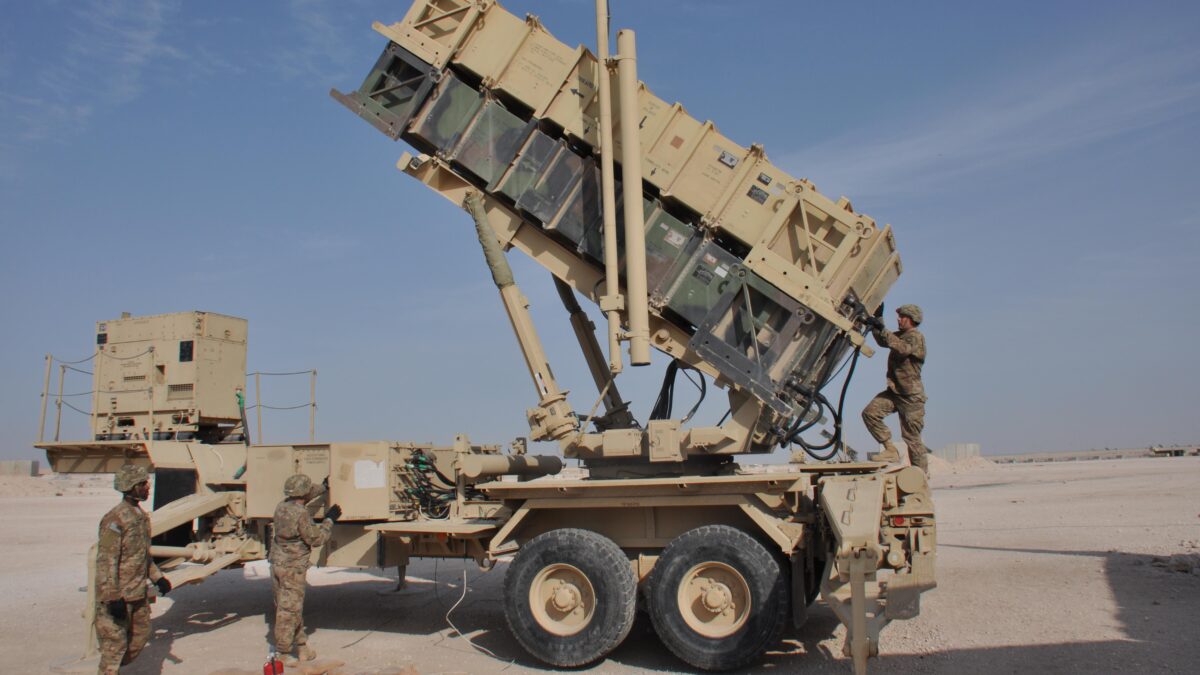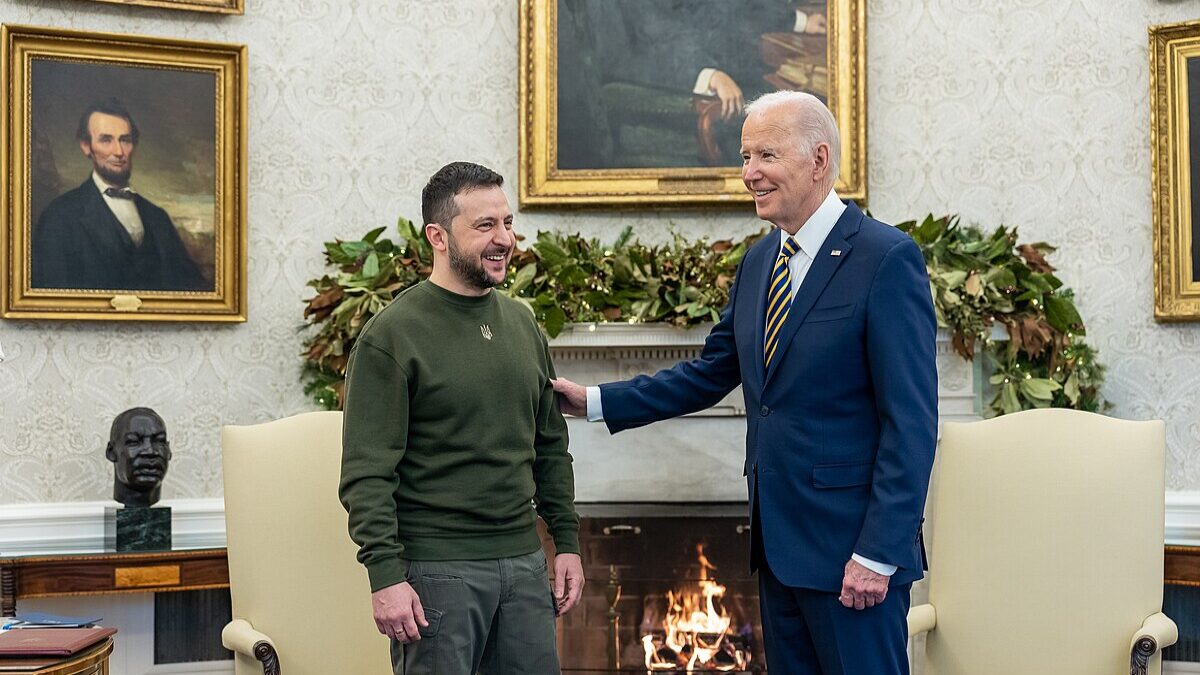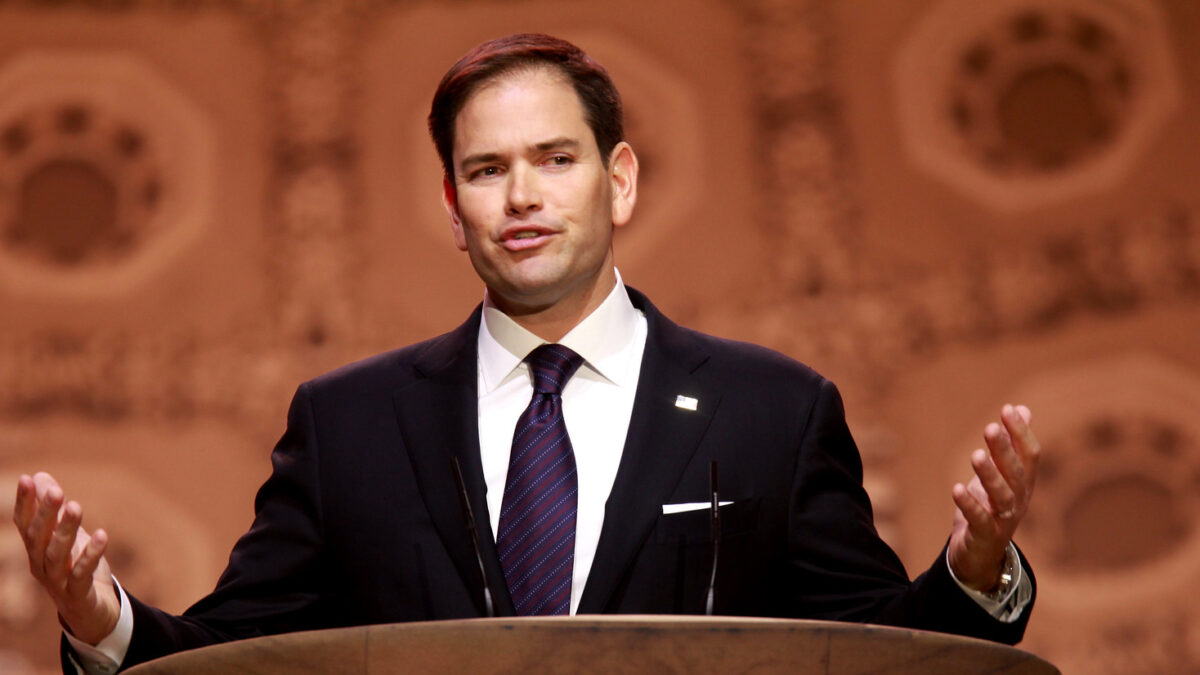
For years, Iran’s nuclear program has been in the international spotlight, leading to a highly controversial and flawed global pact aimed at curbing Tehran’s nuclear ambitions.
That pact, known as The Joint Comprehensive Plan of Action, hasn’t reined in Iran’s belligerence. Instead, Iran’s ballistic missile program and dangerous collaboration with North Korea have become new sources of concern for the global community, while its proxies and influence in the quagmires of Iraq, Lebanon, and Syria pose troubling threats.
New Reports Suggest Iran Has Missile Factories In Syria
Iran’s Syria campaign has already caused unprecedented mayhem in the Levant, driving more than half a million to their deaths, displacing above 12 million, and leaving a country in ruins. Tehran-blessed Shiite militias are on the march in pursuit of implementing and fanning the regime’s interests. Most recently, reports indicate Iran has established missile factories in Syria, as well as in Lebanon.
“Syria is building missile factories with Iranian inspiration,” ImageSat International reports. Satellite imagery show detailed views of a valley packed with buildings east of Baniyas, in an area named Wadi Jahannam—translated “Hell Valley.” The complex, which takes up several kilometers, contains buildings that resemble factories designed to manufacture surface-to-surface missiles.
Other important military sites include the Port of Tartus, where Russia continues to maintain a highly valued warm water naval presence, and the Khmeimim Air Base near the city of Latakia in western Syria.
The Majlis, Iran’s parliament, has just approved a $260 million budget increase for the regime’s ballistic missile program. Given Iran’s broad scope of domestic missile sites, as well as its international efforts in Lebanon, Syria, and North Korea, researching the destination of these millions of dollars is worthwhile.
These new actions by Tehran are considered in line with the spawned missile buildup seen earlier in Lebanon. Iran has used its relations with its offspring, the Hezbollah, considered a linchpin in Iran’s efforts, to launch underground missile production factories in the southern parts of this already troubled country.
These sensitive and highly controversial facilities, buried more than 50 meters underground to enjoy protection from aerial attacks, allow Hezbollah to procure high-tech missiles equipped with state-of-the-art guidance systems and ranging up to 500 kilometers.
Extending Its Grasp Beyond the Middle East
But Iran has far broader ambitions. The Hezbollah and Syria factories are only a chapter in its book of strategies. Reports by the Washington Free Beacon, amongst others, indicate that Iran is eyeing the Atlantic Ocean in its latest dispatching of warships.
Iran’s involvement in Iraq runs deep, especially through the support it generously provides to Shiite militias, the Hashid al-Sha’bi, known to have directed numerous massacres targeting Sunnis and other disarrayed minorities.
Tehran has taken advantage of the war in Syria to establish a key role in maintaining Bashar al-Assad’s power and making him completely reliant upon the clerical rulers.
And thanks to Obama’s legacy-defining nuclear deal, billions of dollars are pouring into Iran to fuel and steer all this belligerence. European companies such as Airbus, Total, and Renault are taking advantage of various sanctions reliefs to begin investing in Iran. Considering the 40 percent control obtained by the Revolutionary Guards on Iran’s economy, Europeans are injecting new life into Iran’s dangerous bellicosity.
Iran Is Taking Advantage Of ISIS’ Decline
Obama’s appeasement policy toward Iran only served to embolden the country’s aggressive maneuvers. State TV networks sense no need to maintain any secrecy, boasting instead about how Iranian President Hassan Rouhani’s new defense minister, Brigadier General Amir Hatami, has pledged to advance the regime’s ballistic missile capabilities.
Tehran also has plans to enhance its strategic air and maritime power, and boost the capabilities and reach of its rapid reaction force.
Strategic visits abroad by Iran’s senior defense officials provide another disturbing aspect: a visit to Moscow in April and most recently to Ankara by the former defense minister and chief of staff, respectively, to meet counterparts and other officials are such examples.
Maybe most troubling of all is the way Iran is taking advantage of the Islamic State’s steady decline in Iraq and Syria, seeking to fill the resulting void. Iran-backed proxy militias are seen roaming large swaths of western Iraq and southern Syria leading to the Euphrates River, an important waterway that snakes from the country’s northwest to the southeast into Iraq.
Establishing a land-bridge linking Tehran to the Mediterranean has been a long-sought objective for Tehran. It would provide a corridor, enabling Tehran to send arms and logistics to the Syrian regime and Lebanese Hezbollah, giving the regime unprecedented power and influence.
How To Halt Iran’s Aggressive Agenda
In order to halt Iran’s aggressive agenda, U.S. leaders need to recognize that Iran’s Middle East meddling poses a top-tier threat, requiring urgent attention and action.
Second, the United States and Arab World should craft a carefully calibrated road-map to correctly evict Iran back to its own borders. Tehran must realize its Middle East overreach is backfiring.
The recent sanctions imposed by Congress, designating the Revolutionary Guard as a Specially Designated Global Terrorist group, is a long-delayed yet galvanizing start that deserves comprehensive implementation without any loopholes.
As the defeat of ISIS is nearing, this will allow the international community to begin combating Iran’s proxies and influence in Iraq, Lebanon, Syria, and Yemen.









